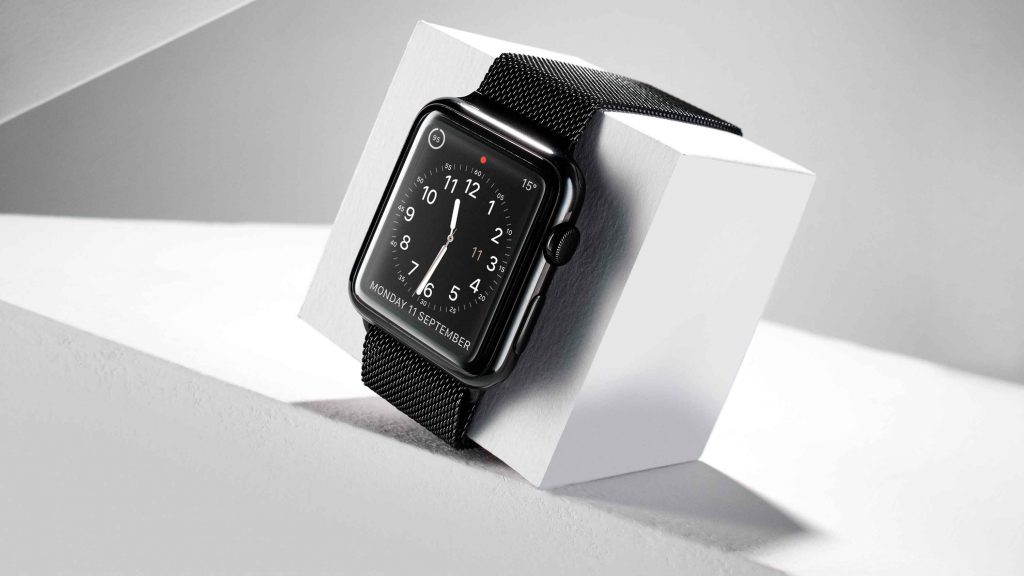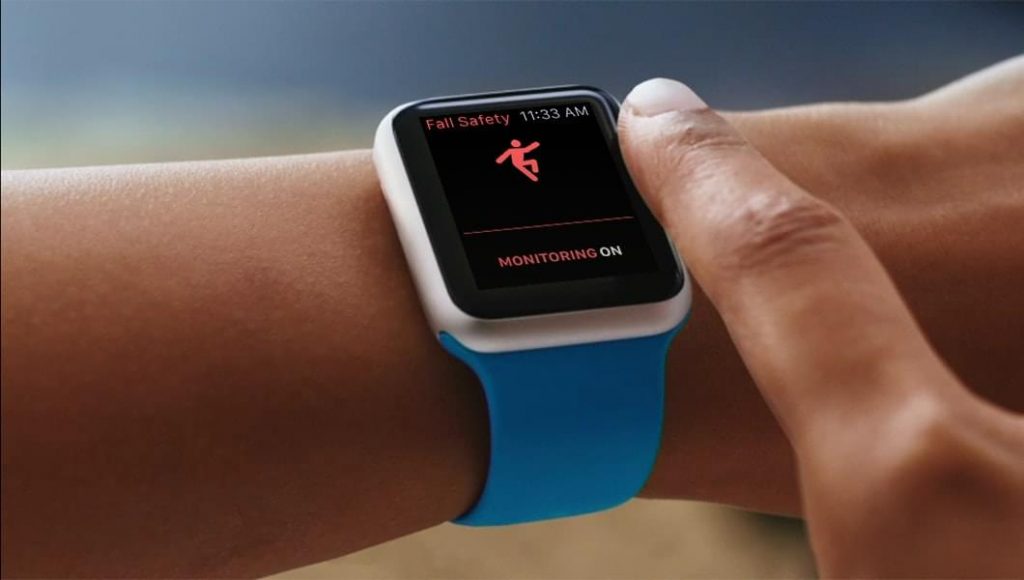We’re all familiar with Apple’s cutting-edge technology, starting from its software and phones to various accessories and wearable devices. Apple watches are one of the most popular smartwatches on the market because of their solid sensors and the fact that they offer phone-free activity.
However, many people need to take off their watches while doing a particular workout or simply because they want to let the skin breathe. Thus, a question always arises – does Apple Watch work when not on wrist? For that matter, we have created this article. Let’s get started and discover!

Does Apple Watch Work When Not on Wrist?
Your Apple Watch won’t measure your physical activity, workouts, and heart rate if you don’t wear it on your wrist, as its sensors won’t detect movement and skin contact. However, without wearing it on your wrist, you can use its smart features, like Siri, social media, and others.
As you may know, all smartwatches, Apple’s included, use accelerometers to detect movement. If you go on Apple’s website and search for instructions on wearing an Apple Watch, you will find an article that thoroughly explains that the watch needs secure skin contact to work properly.
Technically speaking, Apple Watch can perform readings and measure pulse, activity, and other data while securely placed on the skin. Therefore, you may expect readings even if you wear the Apple Watch on your ankle.
However, without skin touch and movement, the watch can’t monitor your activity, and thus, it can collect data from your workout.
Still, it’s important to note that these devices provide many services and features. So, you can use it for various smart features even if you don’t wear it on your wrist.
Why Should You Wear Your Apple Watch on the Wrist?
As we said, Apple Watch can perform various services even if you’re not wearing it on your wrist. However, we assume you didn’t buy a wearable device just to scroll on Facebook or send an email.
While your Apple Watch may successfully replace an iPhone thanks to its smart features, almost every person purchases it for its tracking abilities, especially those that may be helpful for health. However, for the watch to monitor your heart rate and activity, it needs a secure skin touch.
Suppose you are not interested in Apple fitness and the workouts that the software can monitor. Even if that’s the case, it’s still advisable to wear it on your wrist because that way, the watch can collect other data, such as your respiratory rate, heart rate, and sleep.
Additionally, Apple watches may help you in very serious situations like hard falls or crashes. These helpful features are not available if the Wrist Detection is turned off.
Wrist Detection on Apple Watch
Wrist Detection is a very important feature that has several crucial roles. Apple Watch uses multiple sensors to determine whether you’re wearing or not on your wrist.
Thanks to Wrist Detection, the watch can lock itself with a passcode every time you take it off. This way, the software gives you safety and wants to protect your data.
For instance, if someone steals your watch, they won’t be able to access your data without a passcode. Moreover, the watch will erase everything if someone tries to unlock it and enters the wrong passcode ten times.
Of course, you can disable this service by turning Wrist Detection off or removing the passcode. We highly advise you not to remove your passcode or turn Wrist Detection off, as these two features provide security and may even be life savers.
Additionally, the Wrist Detection feature is also very important for better readings. Does Apple Watch work when not on wrist? Maybe it works, but you’ll not be able to use its full potential.
Read More: How to Wear Apple Watch

Hard fall and crash detection
If your Apple Watch detects a hard fall or a crash (available on Apple Watch Series 4 and newer) will start to tap you on your wrist, play on an alarm, and display an alert. At this point, you’ll be able to contact emergency services or dismiss the alert.
If you don’t move for around a minute, your Apple Watch will send a message to emergency service with your current location. The watch can also send your Medical ID to the emergency service if you previously uploaded and gave this permission.
You must remember that your Apple Watch can call emergency service only if you have enabled Wrist Detection. If you turn this feature off, the watch won’t call for help, even if it detects a hard fall or a crash.
Also Read: How to Set up Hard Fall Detection on Apple Watch
How to Turn Wrist Detection Off
Even though the Wrist Detection feature is valuable and helpful, it may not be suitable for everyone, especially if the user takes off the watch several times a day. As we previously said, some people can’t wear the watch the whole time or simply want their skin to breathe more.
Therefore, if this feature bothers you and you don’t want to adjust the settings every time you take off the watch, you can turn Wrist Detection off by following these steps:
- Press the Digital Crown to enter the home screen.
- Tap on the “Settings” app.
- Scroll through the Settings menu and tap on “Passcode”.
- Find “Wrist Detection” and disable it.
Conclusion
So, does Apple Watch work when not on wrist? The answer is – your Apple Watch will be on and can be used even if you don’t wear it on your wrist.
However, don’t forget that not wearing it on your wrist and not enabling the Wrist Detection feature will certainly lower its abilities. Your watch cannot perform heart rate, oxygen saturation, respiratory rate, and other crucial readings and detect fard falls and crashes.
It also won’t be able to monitor your activity and workouts. Thus, you can only use some features that don’t require secure skin contact.